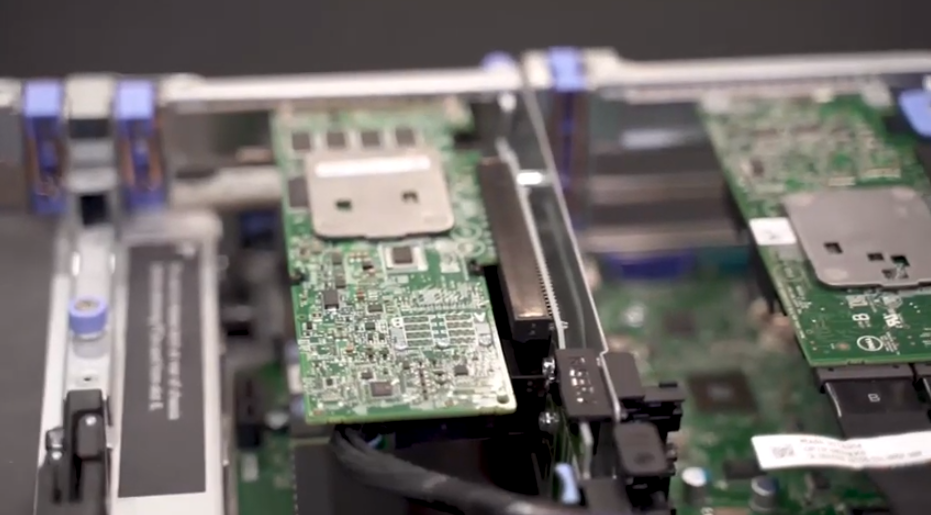 INFRA
INFRA
 INFRA
INFRA
 INFRA
INFRA
Dell Technologies Inc. and IBM Corp.’s Red Hat have jointly developed an infrastructure reference architecture to assist telecommunications companies with the upgrade to 5G.
The architecture was detailed today at the virtual Red Hat Summit.
The telecommunications sector’s switch to the high-speed 5G standard, which enables connections many times faster than LTE or 4G, consists of much more than just upgrading cell towers. Carriers must also build data center infrastructure to process the data from those cell towers. Additionally, the industry is exploring the idea of setting up miniature 5G networks for some enterprise customers such as plant operators, which further complicates infrastructure requirements.
Enter the new reference architecture announced today. Dell Technologies Red Hat OpenShift Reference Architecture for Telecom is a blueprint that Dell, as well as partners, can use to build systems tailored to the requirements of carriers adopting 5G. It pairs the hardware maker’s PowerEdge servers and PowerSwitch networking gear with Red Hat’s OpenShift software container platform for running applications.
One of the first offerings based on the design is another reference architecture, called Dell Technologies MEC, that can be used to build 5G-enabled edge systems. The vision is that the systems will be used to create on-premises edge computing environments at locations such as factories. The on-premises computing infrastructure, in turn, would be connected to the rest of the factory via high-speed 5G connections.
The main advantage of such a setup is speed. Edge computing hardware such as Dell Technologies MEC hardware provides the ability to analyze data such as equipment error locally rather than sending it to the cloud, which can accelerate processing significantly. It also reduces bandwidth costs.
The Dell Technologies MEC architecture features PowerEdge server models based on Intel Corp. processors, PowerSwitch networking gear, the OpenShift container platform and Intel’s Smart Edge software. Smart Edge provides features for managing edge computing infrastructure that allow administrators to perform tasks such as updating firmware centrally. It has includes access controls, for blocking unauthorized use, and analytics tools to help plan future infrastructure upgrades.
For carriers, Dell is promising multiple benefits. Wireless network operators have historically built their infrastructure from proprietary appliances that don’t always feature the most cutting-edge central processing units. Dell argues that, because its new reference architecture uses servers from its PowerEdge line, carriers will gain the ability to “deploy the fastest processors in their mobile core.”
Another benefit is software access. The Intel-based PowerEdge servers and PowerSwitch gear can be managed using popular open-source tools, Dell says, which aren’t necessarily as well-supported on traditional proprietary appliances.
Support our open free content by sharing and engaging with our content and community.
Where Technology Leaders Connect, Share Intelligence & Create Opportunities
SiliconANGLE Media is a recognized leader in digital media innovation serving innovative audiences and brands, bringing together cutting-edge technology, influential content, strategic insights and real-time audience engagement. As the parent company of SiliconANGLE, theCUBE Network, theCUBE Research, CUBE365, theCUBE AI and theCUBE SuperStudios — such as those established in Silicon Valley and the New York Stock Exchange (NYSE) — SiliconANGLE Media operates at the intersection of media, technology, and AI. .
Founded by tech visionaries John Furrier and Dave Vellante, SiliconANGLE Media has built a powerful ecosystem of industry-leading digital media brands, with a reach of 15+ million elite tech professionals. The company’s new, proprietary theCUBE AI Video cloud is breaking ground in audience interaction, leveraging theCUBEai.com neural network to help technology companies make data-driven decisions and stay at the forefront of industry conversations.